Parthenocarpic varieties of cucumbers for your garden
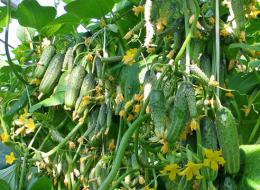
Cucumber is a vegetable plant popular among gardeners almost all over the world. This is due to its taste, the ability to be consumed fresh or canned, unpretentiousness and ease of cultivation.
Man began cultivating cucumbers four millennia BC. There are a huge number of varieties and hybrids of this vegetable in the world. To obtain a guaranteed early harvest, you should consider parthenocarpic varieties of cucumbers.
Content:
- Botanical description of cucumber, parthenocarpy
- The best parthenocarpic varieties of cucumbers for ordinary garden plots
Botanical description of cucumber, parthenocarpy
Cucumbers are annual herbaceous plants from the genus Cucumber, Pumpkin family. The stem of most cucumbers is creeping, equipped with tendrils, with which the plant clings to vertical supports and grows upward. Cucumber vines can exceed one meter in length. In many varieties, the stems are pubescent with small thorns.
Leaf blade with a well-defined division into five lobes. The flower is yellow, funnel-shaped.
Genetically, the cucumber has many similarities with pumpkin and melon; its fruit is called pumpkin. According to its gastronomic and taste characteristics, cucumber is classified as a vegetable.
Traditionally, to harvest Cucumbers are harvested when they are still very far from biological maturity.Only those cucumbers from which you need to obtain seed material for planting next season or for breeding work are allowed to ripen. The fruits are usually elongated, green, white-green in various shades. When ripe they acquire a yellow-brown color.
Currently, it is possible to grow a crop of cucumbers at any time of the year, since greenhouses of various designs are available to most gardeners.
If in the first half of the century, when growing cucumbers indoors, vegetable growers had to take care that there were beehives with pollinating insects in greenhouses, then by the end of the 20th century, breeders used the property of cucumbers to set fruit on female flowers without pollination.
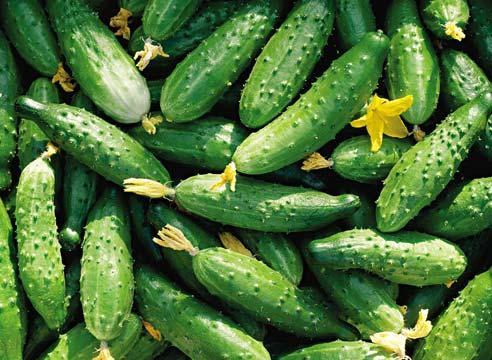
In botany, this property is called parthenocarpy. The first greenhouse parthenocarpic hybrids were large-fruited, half a meter long; they hardly won the love of the consumer, although they had a good taste and smell, and did not have strongly ripened seeds.
Over time, cucumbers appeared - parthenocarpics with the usual type of fruit. These varieties are convenient to use both for closed ground and for obtaining an early harvest of cucumbers in open ground. After all, it is not uncommon to cover cucumber plantings from bad weather with film, which prevents access to pollinators.
It is necessary to distinguish parthenocarpic cucumbers from self-pollinating ones. The former produce an ovary on female flowers without pollination or self-pollination, while the latter have both stamens and pistils in one flower, and cucumbers produce an ovary as a result of pollination occurring inside one flower.
The best parthenocarpic varieties of cucumbers for ordinary garden plots
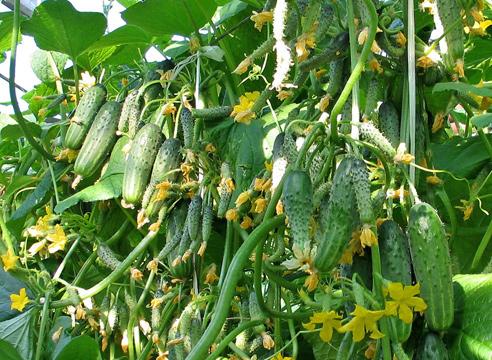
It is worth noting that even in parthenocarpic varieties and hybrids, the property of setting fruit is expressed differently. In some, up to 90% of female flowers produce an ovary without pollination, while in others, 50% of female flowers remain sterile. In order to increase productivity, it is more profitable to give preference to cucumbers with strongly expressed parthenocarpic properties.
Such fairly new varieties as Zadavaka F1 and Zabiyaka F 1 deserve attention. These cucumbers are hardy and are adapted to grow in the shade, under unfavorable weather conditions and at low temperatures. Zadavaka gives a harvest on the 45th day after emergence, and Zabiyaka - on the 40th -42nd day. The big advantage of these cucumbers is the complete absence of bitterness. The fruits are crispy, 8 - 9 cm long.
They belong to the varieties of universal use, suitable for any type of processing and preservation, for fresh consumption:
- Parthenocapic cucumber Emelya F 1 is one of the most resistant varieties to cucumber diseases. The fruits are elongated, up to 15 cm in size, even green in color. Emelya is one of the most productive representatives of cucumbers - parthenocarpics. The harvest can be harvested on days 41 - 42.
- White Angel F 1 is an interesting cucumber with an average ripening period; edible cucumbers can be harvested 55 days after germination. If you plan to plant earlier, it is better to grow under a film cover; if planted later, it grows well in open ground. When the fruits just set and grow, they are white in color; a change in color to light salad green is a signal for picking cucumbers. It is used for pickling, but is more suitable for eating fresh.
In addition to the above, the following varieties are popular:
- Connie F1, produces gherkins up to 6 cm, without bitterness, early
- Miranda F1, cold-resistant, with a strong cucumber aroma
- Emerald flow F1, productive, with cucumbers up to 50 cm
Parthenocarpic varieties of cucumbers can be grown either through seedlings or sowing in the ground. Many of them require special formation of the bush, in which the main shoot is not pinched, the lower shoots are removed, and the upper lateral shoots are pinched as they grow.
If there is abundant flowering, it is better to remove a number of female flowers; this increases the quality and quantity of cucumbers. Tall cucumbers need vertical supports; these can be either special trellises or tall, straight plants such as corn or sunflowers.
To get a guaranteed harvest, it is necessary to plant not one, but three or four varieties of parthenocarpic cucumbers.
Video description of cucumber variety Masha:
Interesting information about the vegetable garden

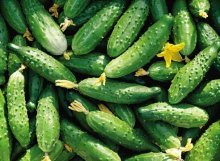
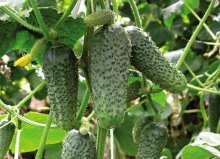
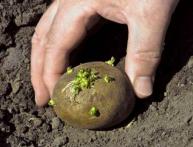
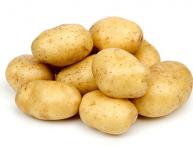
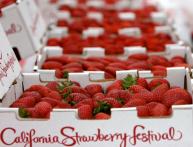
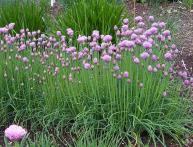
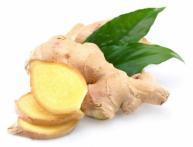

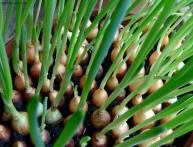
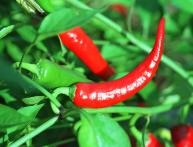
Comments
If the name of a cucumber contains the letter F1, then it cannot be called a variety; it is a hybrid. Parthenocarpic cucumbers are almost all hybrids. They are also good because they do not taste bitter at any stage of development.